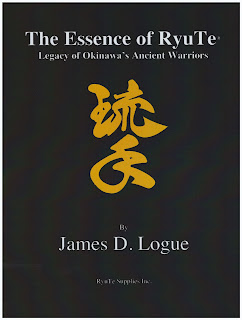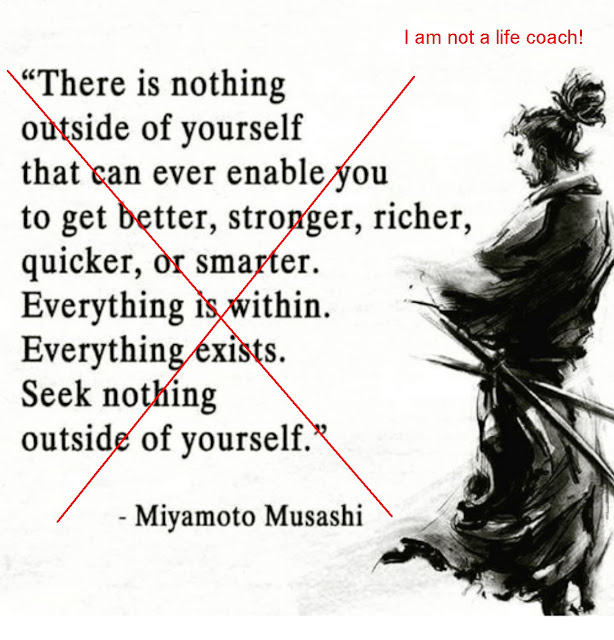June 2022 Book Survey Part 1
Welcome to the June 2022 book survey, part one. I decided to break this month's survey into two posts, as I did last month.
Introduction
In June 2022, I (Richard) continued my reading plan. This post describes 8 books that I read in June. A subsequent post will address the other 8 that I surveyed last month. Read on to separate the wheat from the chaff.
British Sword Fighting 1600-1945, D. A. Kingsley, 2018
I bought British Sword Fighting 1600-1945 in December 2020. My copy is a black and white hardcover measuring 9 1/4 inches by 6 1/4 inches by 2 1/8 inches, with 740 pages. The latest edition is called Swordsmen of the British Empire 1600-1945 and was published in 2021. The version sold on Amazon appears to be a 2013 publication. This blog post influenced my original buying decision, as it tried to make sense of the many versions of this title.
This is an unusual book. It is self-published through Lulu and is mostly text. There are illustrations, but they are reproductions of other art with no attribution or sourcing. There is no bibliography or foot/endnotes. All sourcing is done inline with the content.
The text is essentially a nonstop reproduction of first person accounts of sword combat. The author states on page 19 that "a purpose of this series is to show what sword combat was really like, as opposed to what it was (and still is) imagined to have been like." The author states on page 20 that "primary sources predating the 17th century are unreliable," and provides a few examples why he believes that to be the case.
The book's main sections are grouped chronologically. Within there may be groupings by theme, like slicing vs thrusting, or severing limbs, single combat, helmets, or the need to keep swords sharp. (The British had a problem with this aspect of sword fighting.)
This book really needs to be published in an electronic format. 740 pages of combat accounts, without an index, are not that helpful to researchers. As I noticed in a discussion of the book, this is the sort of title one might pick up once a day to read a few pages. Otherwise, it borders on the overwhelming.
Craze 3: The Life and Times of Jiu-Jitsu, 1915-1934, Roberto Pedreira, 2021
I bought all of the previous books by Roberto Pedreira in electronic (Kindle) format. Craze 3: The Life and Times of Jiu-Jitsu, 1915-1934 is his first title available only in paperback. I asked why he did not publish via Kindle, and he claimed he sought to avoid piracy.
Unfortunately, this decision to produce only in paperback format makes his book almost unusable to researchers. The title is a collection of events that happened on a yearly basis from 1915 to 1934. Within each chapter, the content follows either a chronological format, or is grouped by location or personality.
Crucially, there is no index. This was not a problem with my Kindle editions, as I could search for names (like "Maeda") as needed. Now, I would have to basically check every page manually for content of interest.
Like the previous Choque series, the Craze books are really collections of information that best serve as resources for other authors. As books, they are not readable as they lack narrative, other than chronologically describing events.
I expect I will buy the next edition, Craze 4, when it arrives, but I will not be happy about it if it's only in paperback and lacks an index.
The Cutting Edge: Studies in Ancient and Medieval Combat, Barry Molloy, 2007
The Cutting Edge: Studies in Ancient and Medieval Combat is generally an example of the sort of high-quality academic rigor that characterizes modern martial arts history. This black and white paperback contains 15 mainly academic essays on a variety of topics, like recreating combat with historical weaponry; recreating weapons, shields, and armor; and individual arts like Greek boxing and pankration.
The book offers great photos, mostly black and white but augmented by a color photo inset. I personally liked the chapter by Jeffrey Forgeng and Alex Kiermayer. It surveyed German martial arts treatises of the middle ages and Renaissance. There is a chapter by John Clements, and I'm dimly aware of the drama attached to his name. I can't comment on the quality of his contribution.
I recommend avoiding the chapter by editor Barry Molloy and Dave Grossman. It recycles the bogus "heart rate" argument from Grossman's book On Combat and elsewhere. I wrote a post in 2017 called Quit Playing Games with My Heart that shows how there is no medical or scientific basis to the Biddle-Grossman "higher heart rate = worse performance" concept.
Aside from these warnings, the book is largely beneficial to martial history researchers.
The Bamboo Sword and Other Samurai Tales, Shuhei Fujisawa and Gavin Frew, 2005
I bought The Bamboo Sword and Other Samurai Tales by Shuhei Fujisawa (1927-1997) after watching the 2002 Yoji Yamada movie The Twilight Samurai. The short story of the same title in The Bamboo Sword inspired the film. The Twilight Samurai short story is indeed very short, and I prefer the movie version.
The book is a very small Kodansha black and white hardcover. I liked all of the stories within, despite not reading a lot of fiction. If you like the quirks of Japanese story telling, I recommend this book.
Star Trek Kirk Fu Manual, Dayton Ward and Christian Cornia, 2020
The Star Trek Kirk Fu Manual is a novelty item. It's a small color hardcover with cartoons and photos. I bought it because it combines Star Trek and martial arts. While I am not the world's biggest Trek fan, I grew up watching Captain Kirk tomoe nage bad guys all over the place. If you remember the episode Charlie X, Kirk demonstrates judo to the alien (Charlie) of the week:
Apparently Kirk is more of a no-gi guy, while the others are sort of like the old jujutsu uniforms from the 1890s.
While researching the post, I realized that I need this old magazine:
I would only buy this book if you are a fan of the franchise.
The Complete Guide to Kung Fu Fighting Styles, Jane Hallander, 1985
The Complete Guide to Kung Fu Fighting Styles is a book for which I had fond memories. I bought it in the 1990s while studying kung fu. Revisiting it in 2022, I was a bit disappointed.
The book is a black and white paperback featuring only 110 pages. Much of the book is taken up by photographs, some occupying the entire page. The material is split into 7 chapters on "northern" styles and 6 on "southern" styles.
The following meme summarizes how I felt when reading the start of the history section:
Why? Consider this excerpt from page 14:
"Historians who think that Bodhidharma brought kung fu to China are wrong. China had kung fu long before Bodhidharma came. He did bring Buddhism to China, along with a series of exercises to keep the monks physically fit."
So close!! Indeed, Bodhidharma did not bring kung fu to China, but there is no evidence he brought exercises either. He didn't even "bring Buddhism to China," unless your view of Buddhism is confined to only Chan/Zen. Buddhism was practiced in China during the Han dynasty, centuries before Bodhidharma lived. (Even then, Bodhidharma is only credited as the first patriarch of Chan in China. He likely did not bring Chan to China either. For more on Buddhism in China, check out Chinese Buddhism: A Thematic History by Chün-fang Yü.)
The history gets worse, with statements on page 14 like "when Communists took over China in 1948, the study of kung fu ceased completely." Furthermore, there are no sources, and the text in the rest of the book is also suspect.
This is the sort of book best forgotten in light of more recent and reliable titles.
The Essence of Ryu-Te: Legacy of Okinawa's Ancient Warriors, James D. Logue, 2010
The Essence of Ryu-Te: Legacy of Okinawa's Ancient Warriors is only available from the publisher, and they are going out of business in December. This is a 100 page black and white paperback. Apparently the author, the late James D. Logue (1947-2011) first wrote a version in 1978, and followed it with a second edition in 1981. He was a student of the late Seiyu Oyata (1928-2012), mentioned previously in this blog. Instructor Saleem Saed completed this third edition.
I bought the book to learn more about the system George Dillman learned, again mentioned previously. The content consists of an author biography, a history of the ryu-te system, and a shallow overview of techniques. I only recommend it if you want to know more about ryu-te at a superficial level.
Master of Martial Arts: Choose Your Own Adventure 126, Richard Brightfield, 1992
I bought Master of Martial Arts: Choose Your Own Adventure 126 because I was a fan of the Choose Your Own Adventure books as a kid. I even got a chance to spend a day with the creator and authors of the original series at their Vermont headquarters a few years ago.
This is actually one of the later martial arts themed books in the series. It's fun for a trip down memory lane, but that's about it.
Conclusion
Barry Molloy's The Cutting Edge is the recommended title this month, so long as you skip the chapter by Grossman. If you prefer fiction, I enjoyed The Bamboo Sword and the derivative movie.
Stay tuned for part two, later this month!
You may know about our Amazon Wish List. If you would like to help us get books to read and review from that list, then please consider supporting us via Buy Me a Coffee.
If you like this article, check out our Facebook page, Instagram account, Twitter feed, and Amazon Wish List. Be devoted!
















Comments
Post a Comment